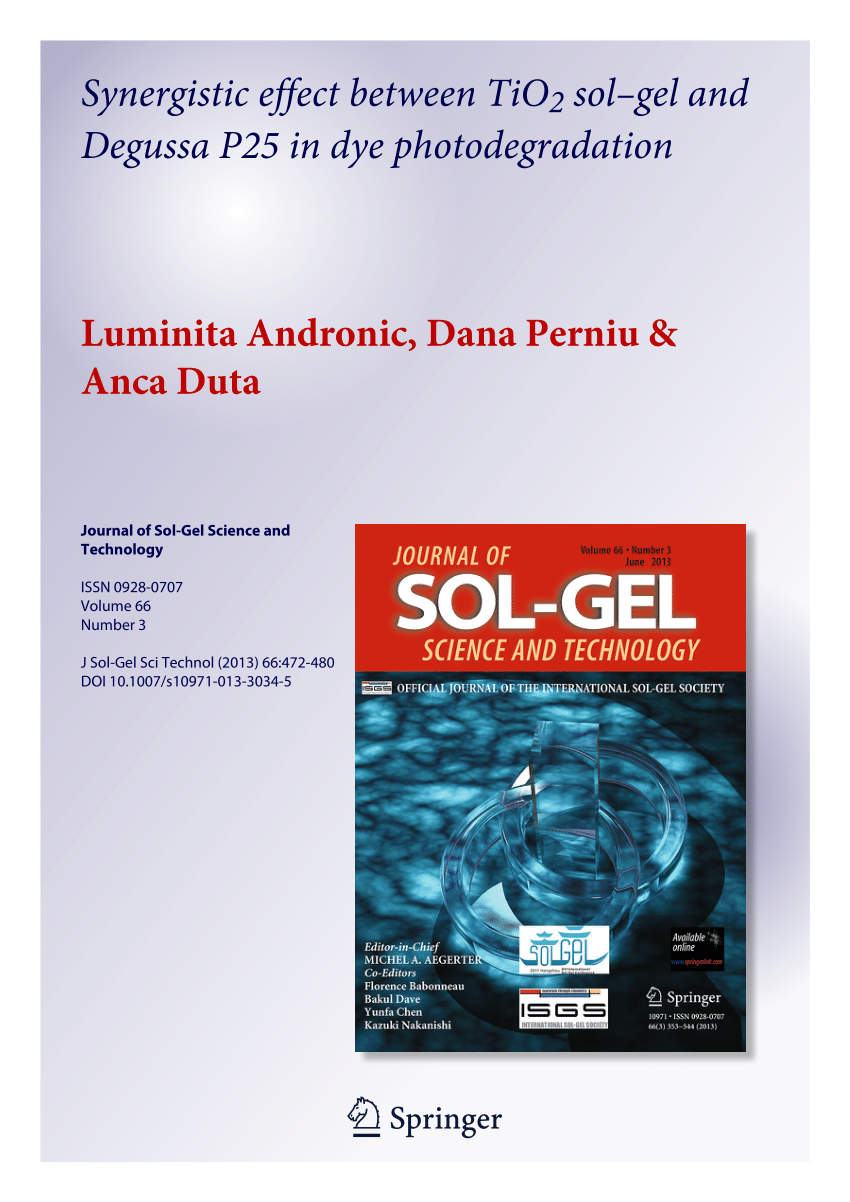Optimizing the low coercivity of Ni-Cu doped lithium ferrites for multilayer chip inductors
Abstract
This research investigates the effectiveness of lithium ferrites co-doped with nickel (Ni) and copper (Cu) in multilayer chip inductors, a key component in microelectronic devices. “Li0.5-x/2(Ni0.5Cu0.5)xFe2.5-x/2O4 (0.0 ≤ x ≤ 1.0),” Ni and Cu co-substituted lithium ferrite (LNCF) was synthesized using an economical sol-gel method and sintered at 1100 °C. XRD investigations revealed the formation of a single-phase spinel structure, with a lattice constant “a” in the range of 8.364–8.284 Å. A reduction in the lattice constant “a” and unit cell volume “V”and a decrease in hopping lengths (LA and LB) were observed with Ni-Cu, accompanied by increased porosity. The crystallite size “D” initially increases and decreases with the rising doping concentration. The SEM images revealed the presence of aggregated nanoparticles suitable for low-coercivity multilayer chip inductors. Magnetic parameters such as saturation magnetization (Ms), remanence (Mr), coercivity (Hc), squareness ratio (S.R.), and anisotropy constant (K) have been measured from hysteresis loops. The observed highest value of Ms was 7.88 emu/g for the synthesized LNCF with x = 1.0. The Hc value falls within a few hundred Oe range, which is crucial for multilayer chip inductor applications. Moreover, S.R. < 1, which indicates a single-domain structure of LNCF. The magnetoresistance was more significant when a magnetic field was applied than when it was not. A progressive decline in the magnetic susceptibility (\({\chi }_{m}\)) of all the synthesized spinel ferrites was observed as the temperature increased due to the disorder of spin orientation at the Curie temperature (Tc). The noted Tc value of all samples ranged from 433 to 453 K. This research highlights Ni-Cu co-doped lithium ferrites endowed with multiple functionalities, making them ideal candidates for applications such as multilayer chip inductors and recording media.
Graphical Abstract

 求助内容:
求助内容: 应助结果提醒方式:
应助结果提醒方式:


